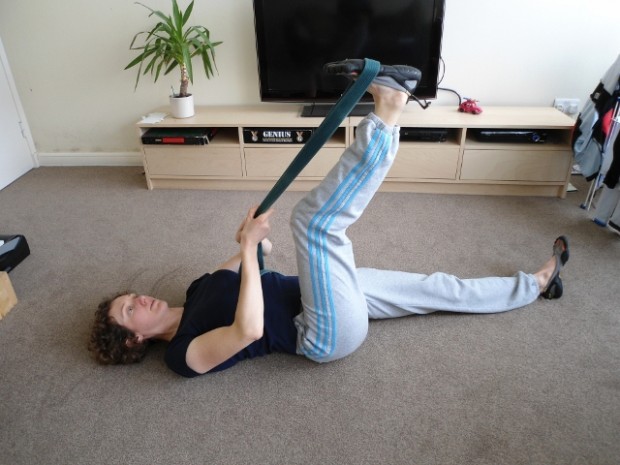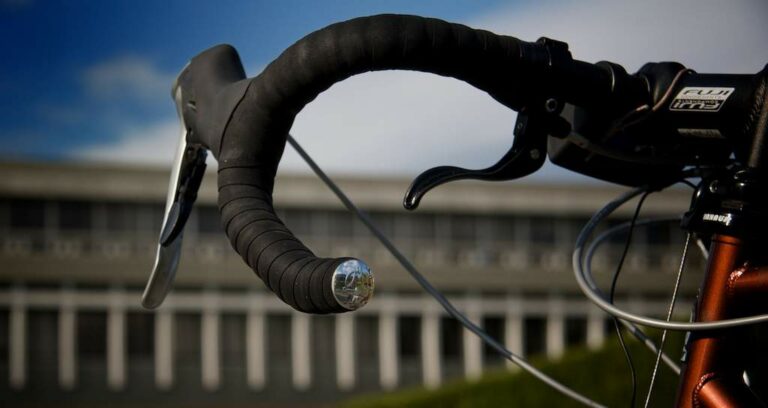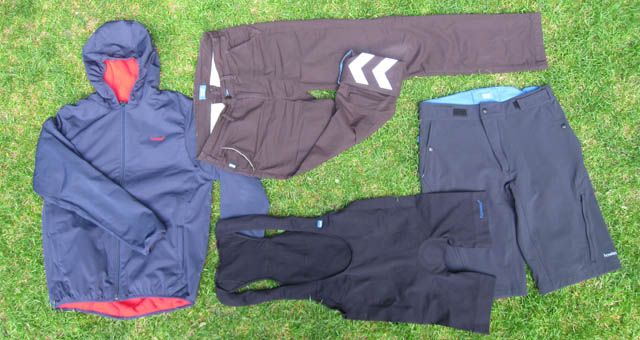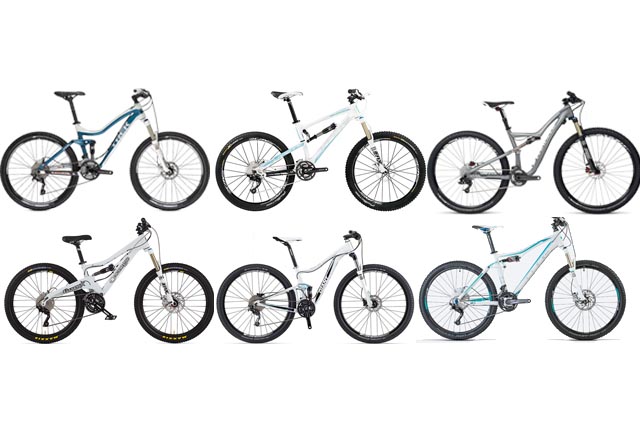A stronger back and abdomen keeps you stable on the bike and increases power to the pedals. But first, it’s important for this area to be flexible too.

Traditionally women are more aware of their ‘core’ than men, some secretly doing sit ups in an attempt to get that often elusive flat stomach. But for us cycling women who want to ride at our best, core training is as important as for our male counterparts – if not more important.
Core training can include working on the flexibility, strength and co-ordination of your middle, all of which will contribute to how well you transfer load across your body to your pedalling legs and then the road. But for women more than men, ‘instability’ or weakness is a barrier to progress, and flexibility (something our male cycling friends often lack) is often less of a problem.
Conditioning the muscles of the abdomen and back helps to stabilise the pelvis and spine, enabling you to generate more power through your legs. That’s something most women will admit they would like to do. This type of strength is not only important on the bike but in life in general, so that you don’t put your back out doing something at home or work that then prevents you from riding your bike.
Many types of exercise include multi-directional, whole body movements using your core, and many of us include some cross-training as part of our exercise plan. However, if you like to ride your bike but don’t have time for much else, your core may become weakened by the repetitive nature of cycling and some focussed core exercises can be important to get them going again.
For women who are mothers, the core holds an even greater challenge – that of getting your middle back to its best after the stress and sometimes trauma of giving birth. For women who have had children and are getting back to cycling, some focussed core conditioning is essential to help you avoid weakness sometime in the future that may lead to injury. A weak core can be the cause of back and knee pain, two of the common problematic areas for cyclists.
Core flexibility
Nevertheless, lack of flexibility can still be limiting for some women, and you can’t make sweeping generalisations for everyone.
The forwards bend of the riding position demands full flexibility in your spine, which should curve smoothly from your tailbone to your neck. Maintaining the flexibility of your spine with rotation and extension exercises can be highly effective at smoothing and stretching out your cycling curve to ensure that you don’t have any problems here.
Getting forwards and lower over the front end of your bike is important as it will help you with your bike handling, giving you more control of the front end and helping you descend and corner.
Here are a couple of simple exercises you can do with a foam roller to help improve core flexibility.


The most persistent area of muscle tightness for almost everyone who sits a lot or rides a bike is the ‘lower’ portion of your hamstring muscles behind your knee. These muscles tighten from the predominantly bent knee action of pedalling (as well as sitting in a chair) and often need stretching out to avoid tension running up the biomechanical chain to the back.
It is worth mentioning too that the hamstring muscles often tighten when the lower abdominals are weakened, something very common in women and cyclists. Effectively they begin to compensate by trying to stabilise your pelvis, and so strengthening your core can indirectly help you regain good hamstring flexibility and a better bike position too.
For stretching the hamstrings ‘active’ isolated stretches that target the muscle at the knee are best. Cycling women are often loose and weak at the hip end of the hamstrings so combination stretches for the area only lead to increased flexibility in the already loose section, without getting to the tight end. Focussing on the ‘lower’ end is important, as in this stretch:

For further instructions on the stretch above, the isolated hamstring stretch at the knee, go to www.trainingforcyclists.co.uk for more information.
Next week: Core strengthening





